Petrytsky, Anatol
Petrytsky, Anatol [Петрицький, Анатоль; Petryc'kyj, Anatol'], b 31 January 1895 in Kyiv, d 6 March 1964 in Kyiv. Ukrainian painter and theatrical scenery designer. He studied at the Kyiv Art School (1912–17) and the Advanced Artistic Theatrical Workshop in Moscow (1922–4) and worked as stage designer in the Molodyi Teatr (1916–19), the Shevchenko First Theater of the Ukrainian Soviet Republic, and the Franko New Drama Theater. In 1925–41 he continued to design in Ukrainian operatic and drama theaters in Kharkiv, Kyiv, and Odessa. He also designed sets for performances in the Moscow Bolshoi and Malyi theaters, in 1942–3 in the Opera Theater in Alma-Ata, and in 1945–59 (with interruptions) in the Kyiv Theater of Opera and Ballet.
Petrytsky’s early work, particularly his painting, was influenced by cubism and futurism. As a stage designer he was an adherent of theatrical conventionality and readily employed Ukrainian traditional print and ornamentation. In Les Kurbas’s staging of Vertep in Molodyi Teatr, he created stylized costumes for actors who appeared in the puppet show; in Ostap Vyshnia's Vii, staged at the Franko New Drama Theater, he united screens with stylized costumes. From 1930 he specialized mostly in design for opera and ballet (Mykola Lysenko’s Taras Bulba, Kostiantyn Dankevych’s Lileia [The Lily], and Modest Mussorgsky’s Sorochyntsi Fair). Even under pressure to adhere to norms of socialist realism he preserved a national coloring in his theater and dance work (eg, in his work with the State Dance Ensemble of Ukraine). Petrytsky was also a renowned master of portraiture; among others, he painted a well-known series over 150 portraits of the leading Ukrainian cultural figures in the 1920s and 1930s (most of these works were destroyed in the 1930s by the Soviet authorities). He also excelled in landscape painting and graphic art. Albums of his art works were published in Kyiv in 1968 and 1991.
Valerian Revutsky
[This article originally appeared in the Encyclopedia of Ukraine, vol. 3 (1993).]
.jpg)
.jpg)
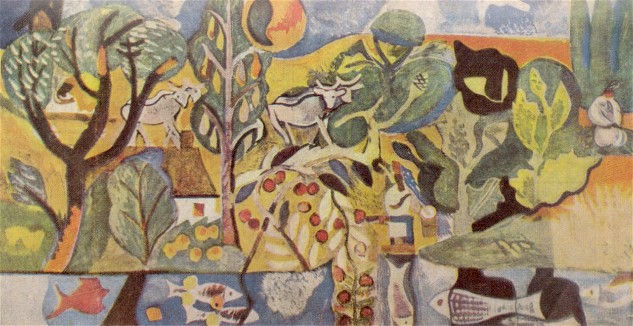
.jpg)
.jpg)
.jpg)
.jpg)
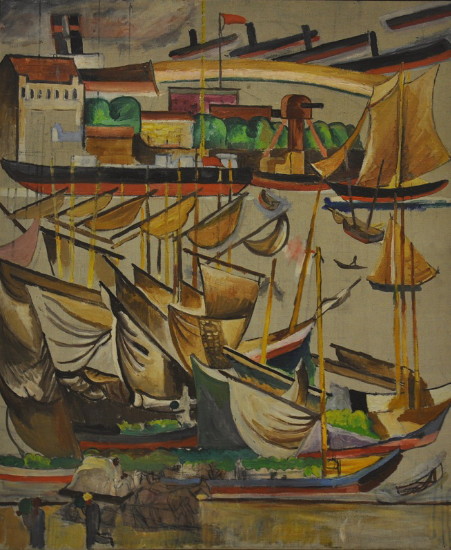
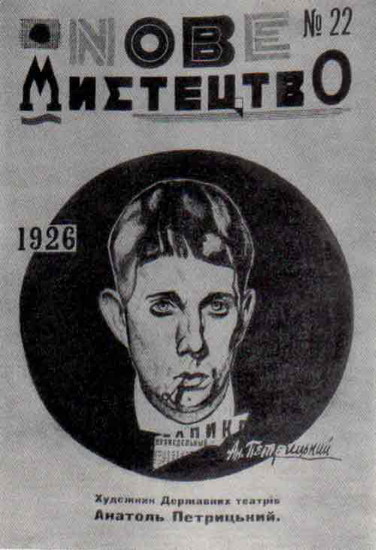
.jpg)
.jpg)
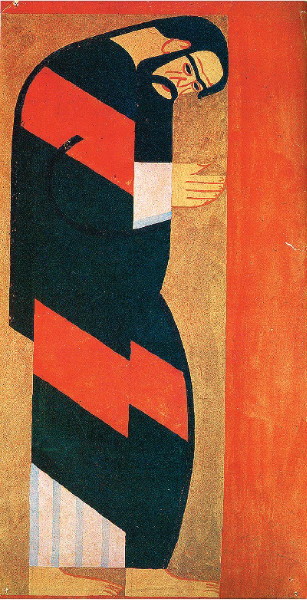
.jpg)
.jpg)
.jpg)
%20to%20Lesia%20Ukrainka%20play%20(1921).jpg)
%20to%20Lesia%20Ukrainka%20play%20(1921).jpg)
.jpg)
.jpg)
.jpg)
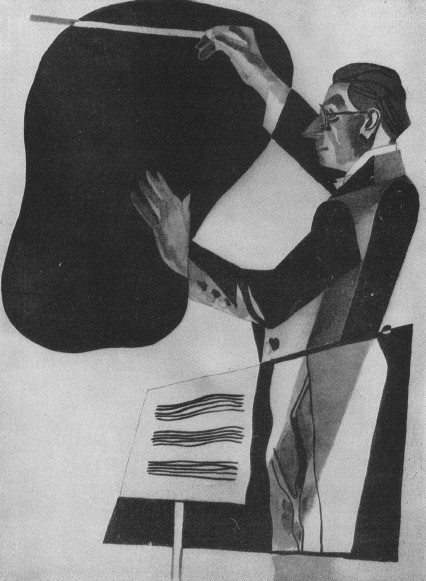
.jpg)
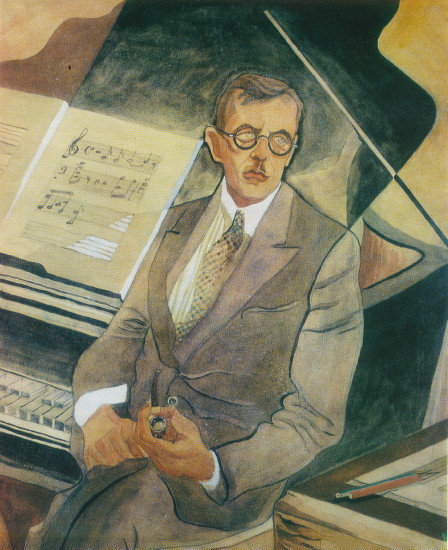
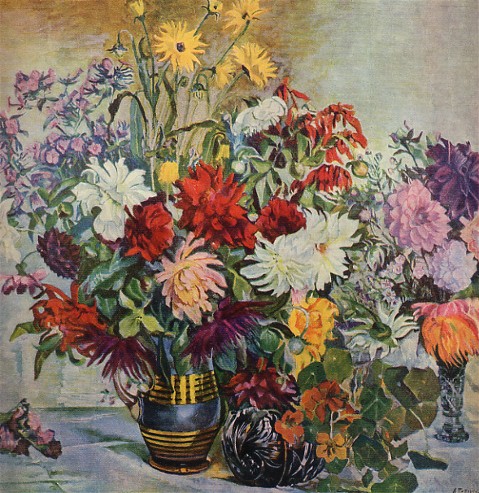
%20(stage%20design%20by%20A%20Petrytsky).jpg)
%20(stage%20design%20by%20A%20Petrytsky).jpg)